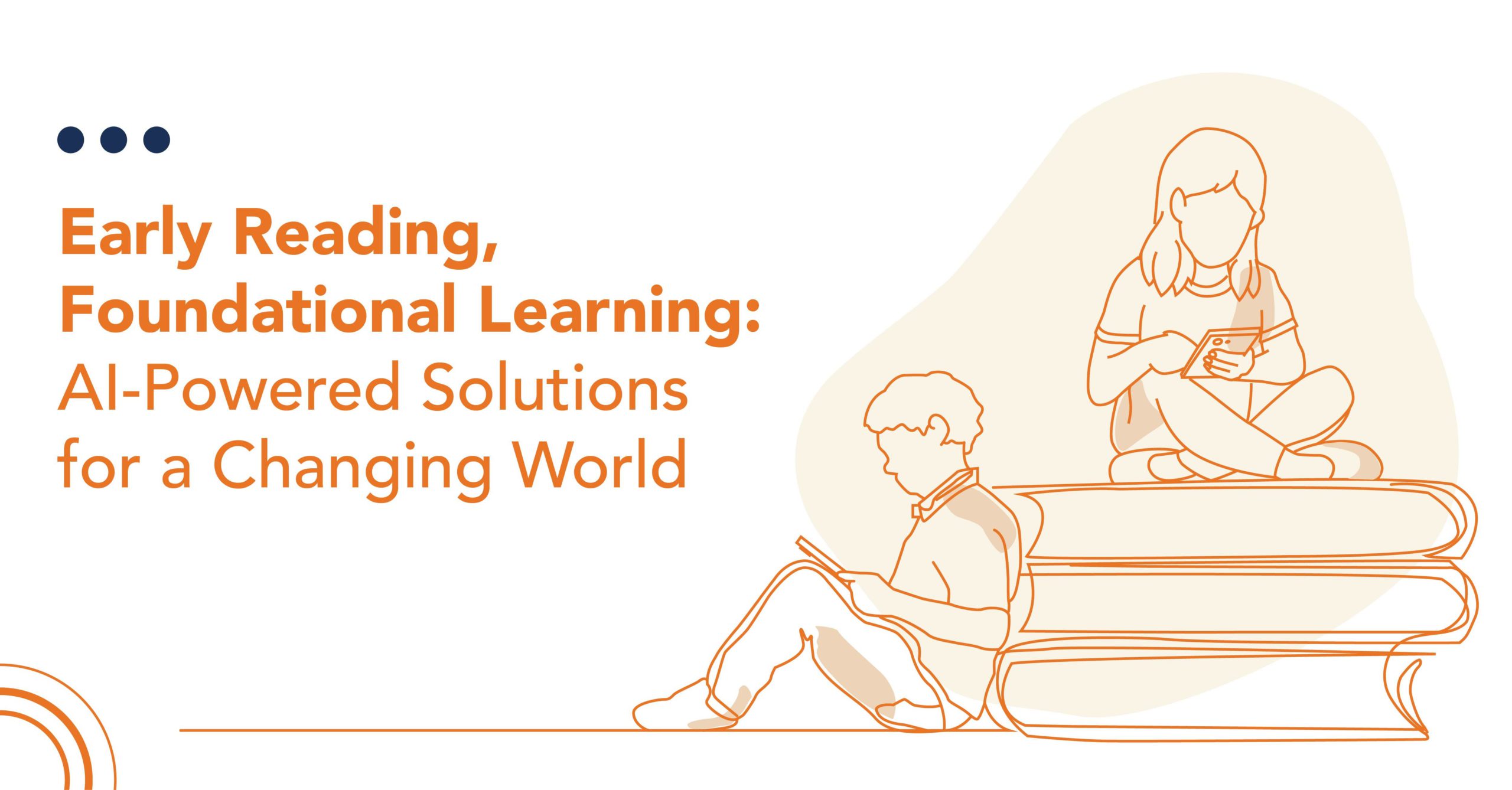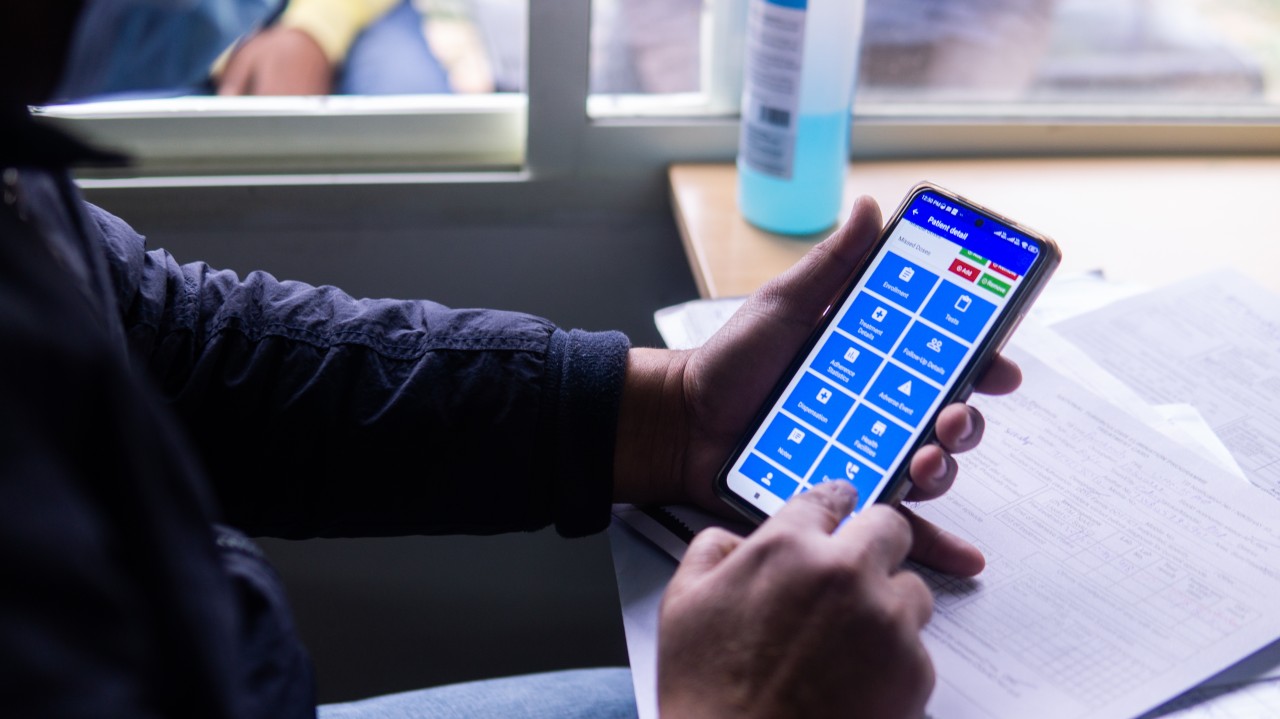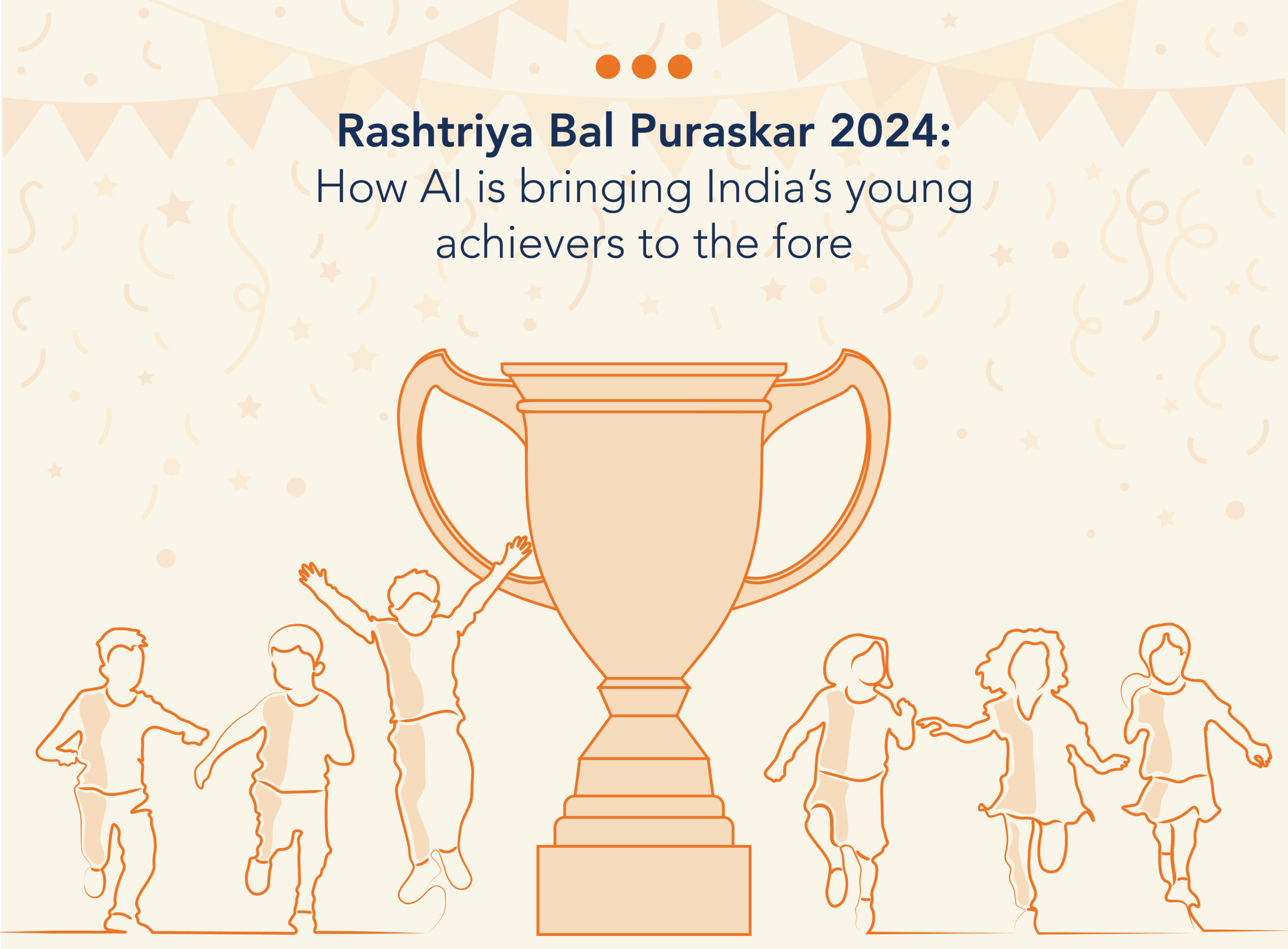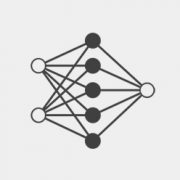By: Nakul Jain (Director – Products and Design, Wadhwani Institute of Artificial Intelligence)
A world without technology is unimaginable today. After all, technology has become an integral part of every aspect of our lives, and the education sector—like others—has a lot of opportunities to leverage for impact. The Indian government’s recent budget allocation of ₹1.48 lakh crore towards education indicates a need to emphasize a future-ready workforce. We need a workforce that can use current technology and can constantly upskill with changing technology. Hence, the focus on Gen Alpha must be equally prioritized to ensure readiness.
Foundational Learning and Its Long-Term Impact
NIPUN Bharat aims to help every child in India read well and do basic math by the time they finish Grade 3. The goal is to equip children between 3 and 9 years old by 2026-27 by using engaging learning methods. With a keen focus on how children learn in their early years, NIPUN Bharat can help many children do better in school and keep learning throughout their lives.
Various new technologies are being used to help make this initiative by the Ministry of Education work even better. AI tools are being piloted to give each child the help they need, especially with reading. Personalized tools that provide a tailored approach for students are more enabling than a one-size-fits-all approach, especially when it comes to oral reading fluency. Improving oral reading fluency boosts literacy rates and enhances cognitive development, critical thinking, and problem-solving skills essential for navigating today’s world.
The Role of Technology and AI
Wadhwani AI’s Oral Reading Fluency solution is a prime example. It currently functions as an assessment tool that supports teachers and students with real-time feedback on reading fluency, giving them detailed analysis of reading patterns and comprehensive reports that could potentially help tailor precise interventions. The solution leverages advanced speech recognition models to assess reading, providing insights on words read correctly, misread, or missed, and calculating metrics like Correct Words Per Minute (CWPM).
In Gujarat, this AI solution has been implemented in government schools through the Vaachan Samiksha Chatbot App, part of the state’s digital education initiative. Thanks to the Government of Gujarat’s visionary approach in spearheading this technology, over 1 million students have benefitted, with more than 3 million assessments conducted to date.
A Vision for the Future
Imagine an ecosystem where a child, irrespective of their socio-economic background, has access to the latest technology offerings in education. A tool that both they and their teachers can use to assess their current abilities, get tailored interventions, personalized practice material, and a clear trajectory of their growth. All of this is made available for basic reading skills and comprehension, speaking, and writing. Numeracy could also be easily embedded to make it a holistic foundational learning tool. A low-cost offering for the education ecosystem in multiple languages with capabilities not restricted by available infrastructure will be a game changer. Artificial intelligence has made all of this very much achievable. At Wadhwani AI multiple initiatives in this direction will ensure these offerings reach every child.
Investing in early literacy and AI solutions is no longer only about improving literacy rates on paper—it’s about building a solid foundation to ensure healthier, happier and more productive citizens. Solving for reading fluency will ensure individuals are confident and ready to take on the global competition and evolving demands of businesses.
Creating an environment where there is parity in the availability of learning resources will be the most critical.








